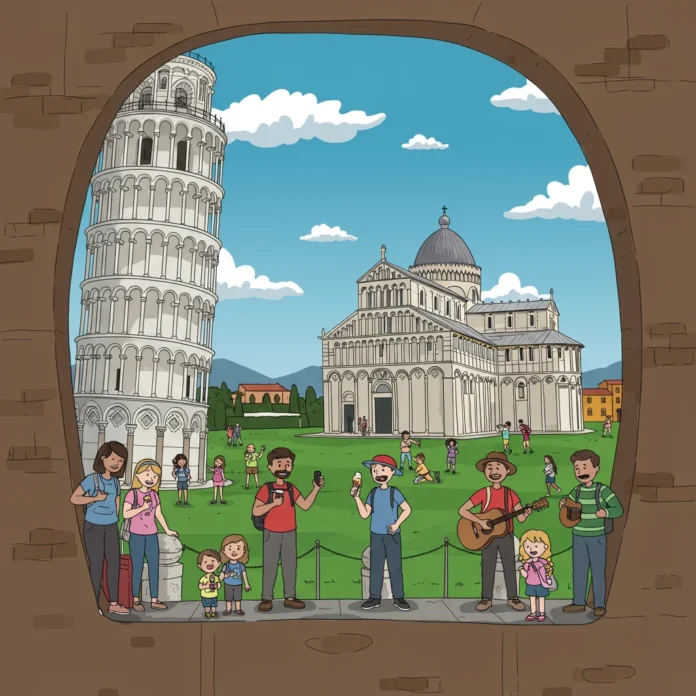Introduction to the Pisa Tower Tour
A visit to the Leaning Tower of Pisa is an enduring highlight for travelers to Italy. The structure’s distinctive tilt, historic charm, and iconic silhouette draw millions each year. Whether you’re interested in architecture, history, or simply seeking that memorable photo, a Pisa Tower tour offers a fascinating experience in the heart of Tuscany.
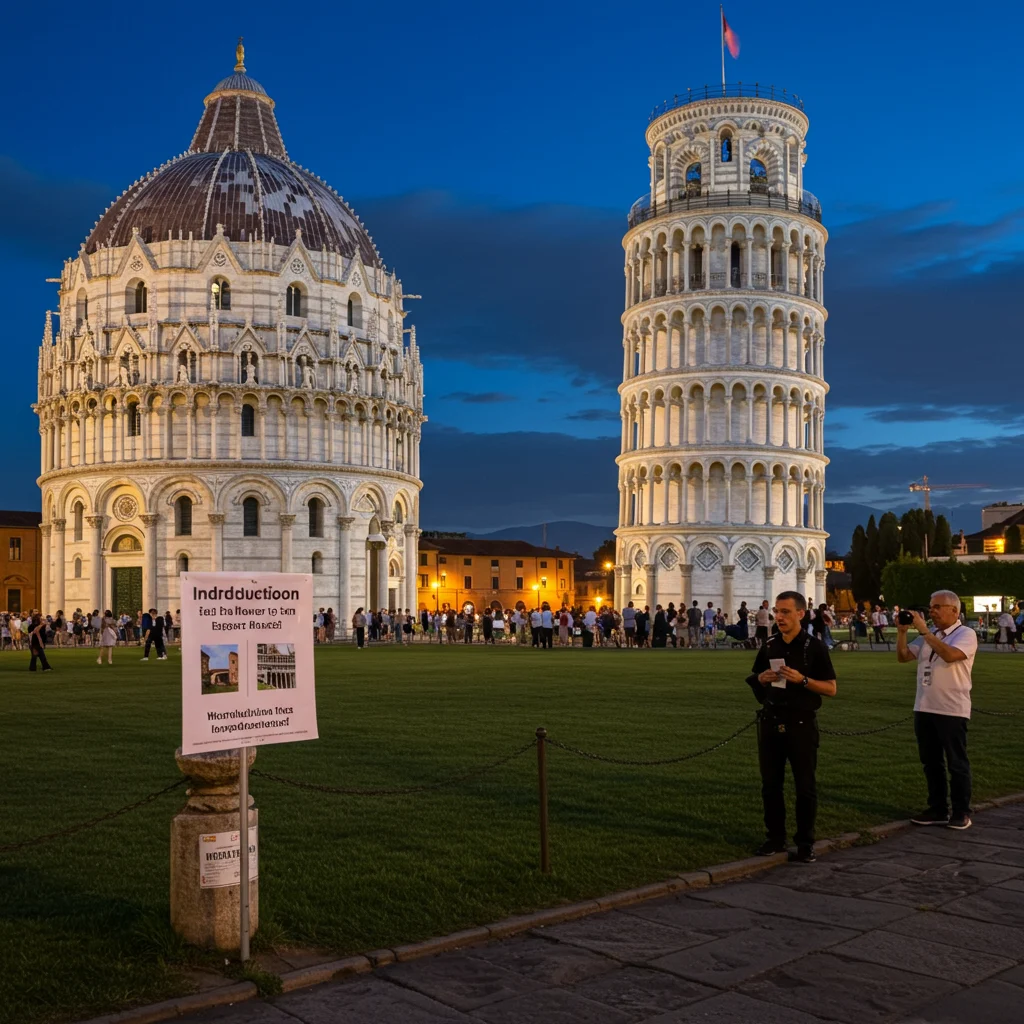
In this comprehensive guide, we’ll address everything you need to know before your tour—from ticketing and logistics to practical tips and nearby attractions. Our goal is to help you plan an unforgettable visit to one of Italy’s most celebrated landmarks.
What is the Leaning Tower of Pisa?
The Leaning Tower of Pisa is a freestanding bell tower, or campanile, that belongs to the city’s cathedral complex. Its characteristic tilt, visible from afar, makes it instantly recognizable among the world’s architectural wonders.
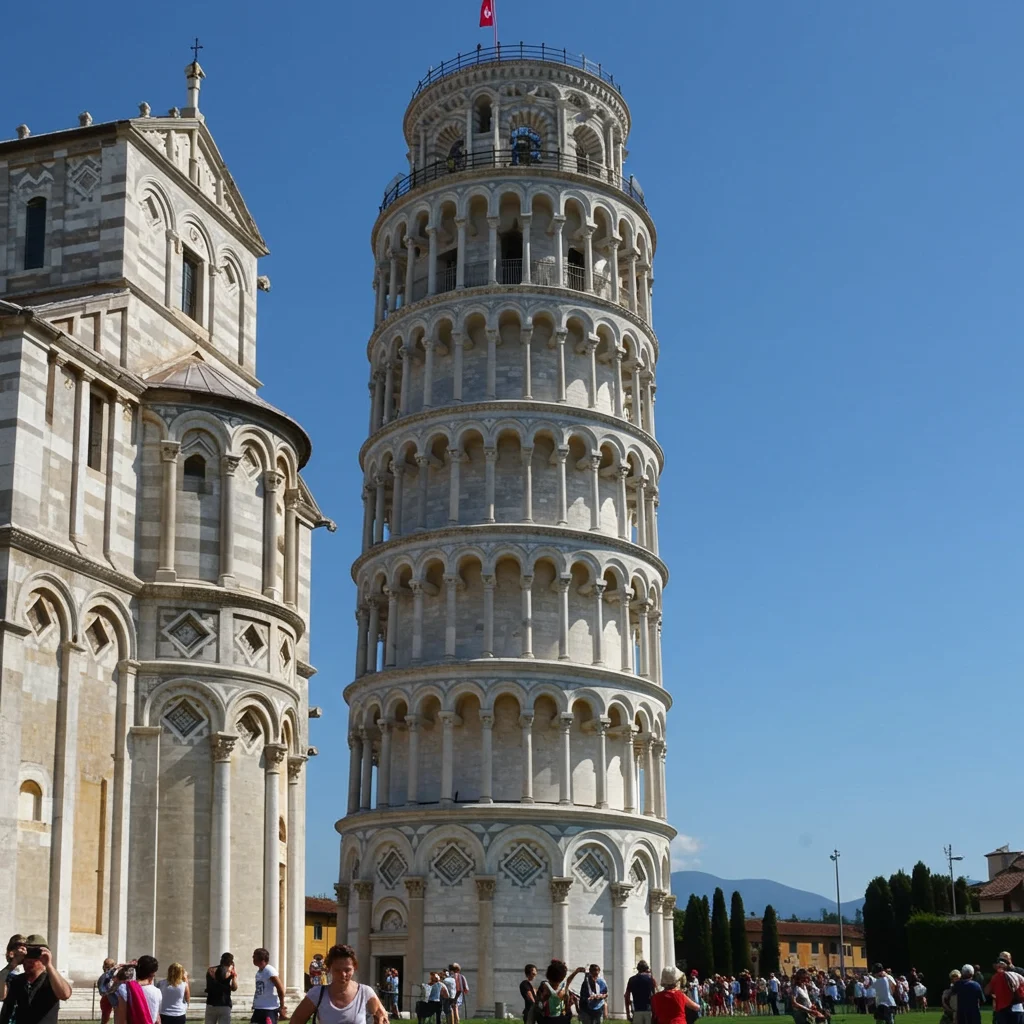
Why is the Leaning Tower of Pisa Famous?
The tower’s fame stems largely from its dramatic, unintended lean—a result of its unstable foundation. This unique feature has made it a symbol of resilience and a must-see for visitors from across the globe. Its elegant white marble, Romanesque design, and postcard-perfect setting in the Piazza dei Miracoli add to its allure.
For a deeper look at the tower’s enduring appeal and its role in Italian culture, you can read our article on the Leaning Legend of Italy.
How Did the Tower Get Its Lean?
The famous tilt began during construction in the 12th century, when soft ground on one side caused the foundation to sink. Despite numerous engineering challenges over the centuries, the tower continued to tilt, eventually reaching a dangerous angle. Modern efforts have stabilized the structure, preserving its unique appearance for future generations.
History of the Leaning Tower of Pisa
The Leaning Tower of Pisa holds centuries of history, marked by periods of construction, war, and restoration. Its story is one of ambition, adversity, and ingenuity.

When Was the Tower Built?
Construction of the tower began in 1173 and spanned nearly 200 years. Interruptions due to wars and engineering issues allowed the soft soil beneath the tower to settle, ironically helping prevent its collapse.
Key Events in the Tower’s History
Several major events shaped the tower’s fate:
- Multiple construction halts due to unstable ground and political turmoil
- Use as a lookout during WWII
- Closure to the public in the late 20th century for safety reasons
Each chapter in the tower’s history adds to its mystique and enduring popularity.
Restoration and Preservation Efforts
In recent decades, engineers have implemented advanced techniques to stabilize the tower. Soil extraction, counterweights, and careful monitoring have helped reduce the tilt and secure the structure without compromising its historic character. Preservation remains a top priority, ensuring the tower will continue to inspire visitors for years to come.
Where is the Leaning Tower of Pisa Located?
You’ll find the Leaning Tower in the Piazza dei Miracoli, a UNESCO World Heritage Site in the city of Pisa, Tuscany. This square is also home to the cathedral, baptistery, and cemetery, forming a breathtaking ensemble of medieval architecture.
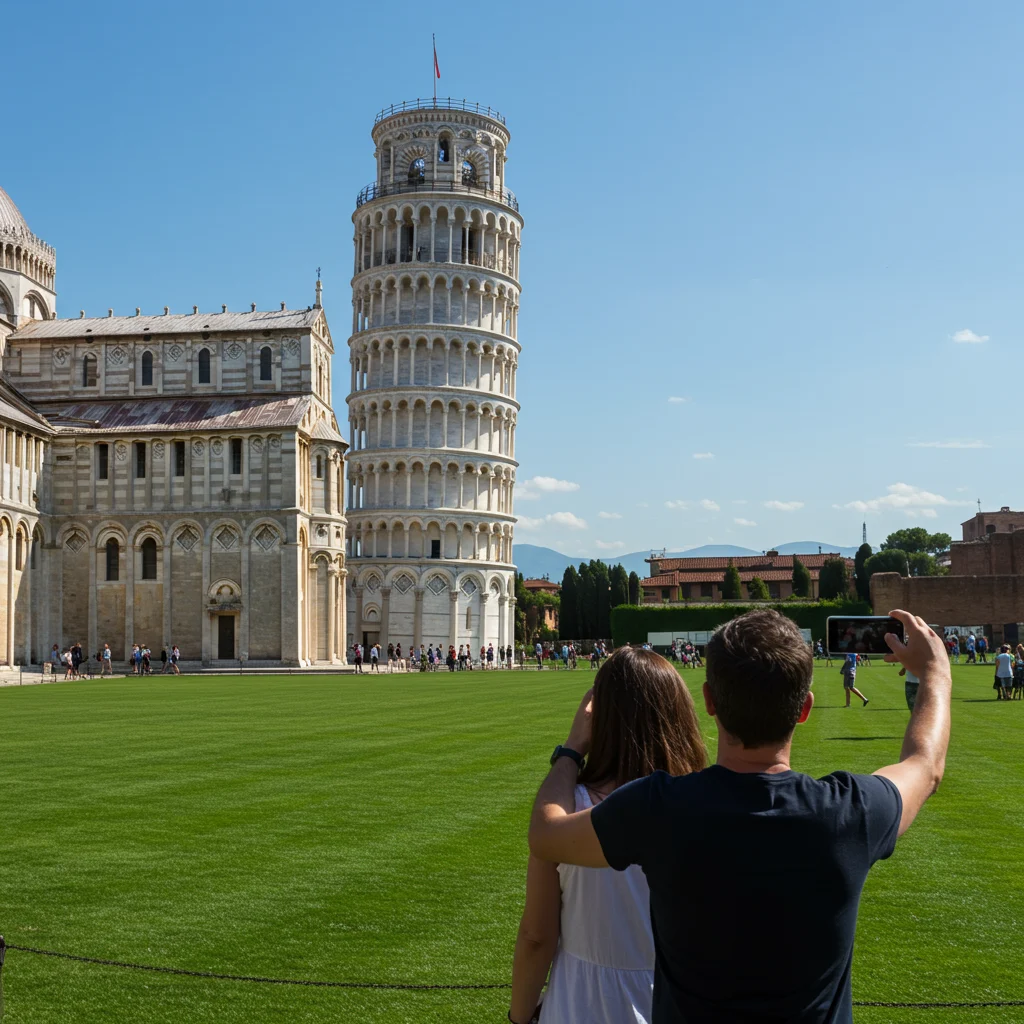
How to Get to Pisa
Reaching Pisa is straightforward, thanks to its central location and well-connected transportation network. Whether you’re coming from Florence, Rome, or elsewhere in Italy, several options are available.
Transportation Options from Major Cities
From Florence, high-speed trains and regional buses offer frequent service to Pisa. Travelers from Rome or Milan can also take direct trains or drive via the A11 and A12 highways.
Arriving by Train
Pisa Centrale, the city’s main train station, is just a short walk or local bus ride from the tower. Italian trains are reliable and comfortable, making rail travel a popular choice for visitors.
Arriving by Car
Driving to Pisa allows flexibility, though parking near the Piazza dei Miracoli can be limited. Several paid lots are located within walking distance. Be mindful of ZTL (limited traffic zones) in the city center to avoid fines.
Arriving by Bus
Intercity and regional buses provide affordable access to Pisa. The main bus terminal is conveniently close to the historic district, making it easy for budget travelers to reach the tower.
Best Time to Visit the Pisa Tower
Planning your visit at the right time is key to enjoying the tower with fewer crowds and pleasant weather. The experience varies notably by season and time of day.
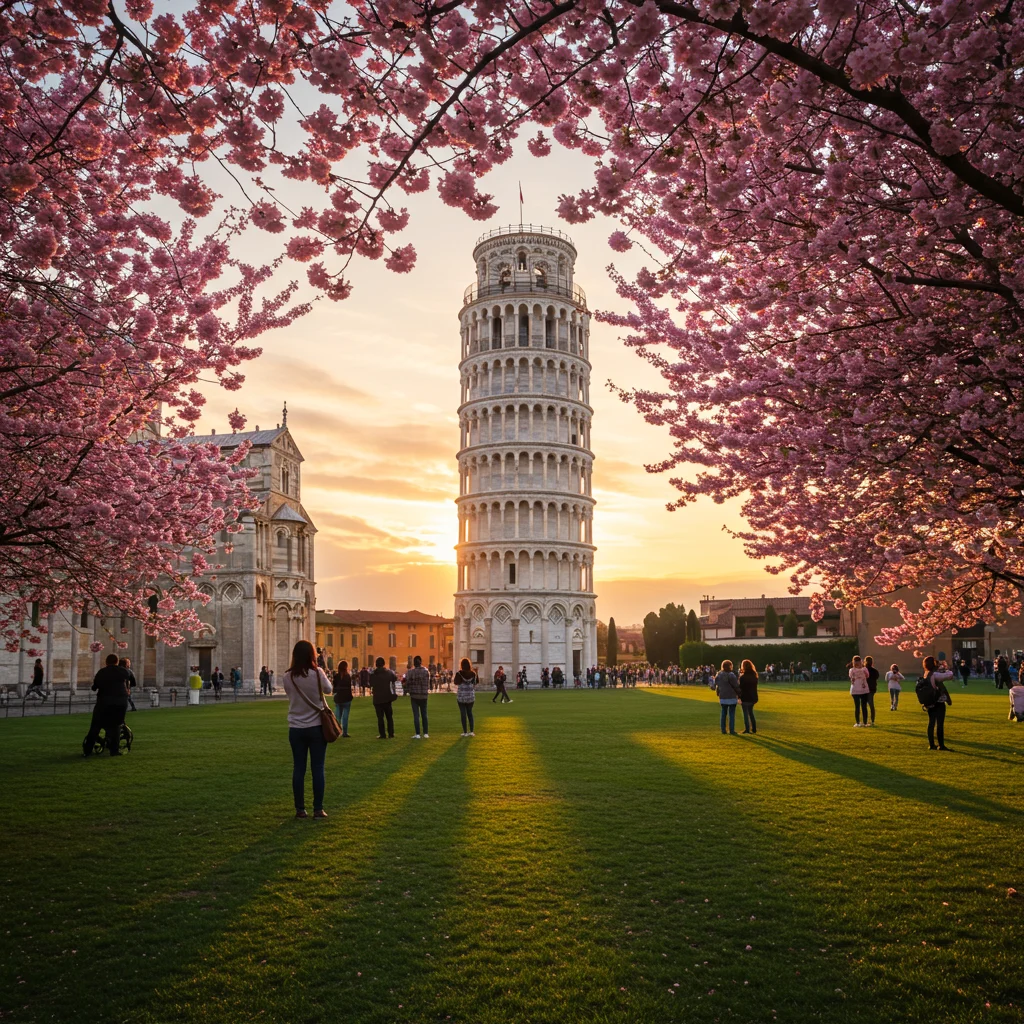
Seasonal Considerations
Spring and early autumn offer mild temperatures and vibrant city life. Summer, while popular, can be hot and crowded. Winter visits provide a quieter atmosphere, with shorter opening hours but fewer tourists.
Weather and Crowds
Expect peak crowds in July and August. Early morning or late afternoon slots are ideal for a more relaxed visit and better light for photos. Rain is rare in summer, but be prepared for humidity.
Opening Hours and Special Closures
The Leaning Tower typically opens from morning until early evening, with extended hours in summer. Check for holiday closures or special events before your trip, as the schedule may change.
How to Book Pisa Tower Tour Tickets
Securing your Pisa Tower tour tickets in advance is highly recommended, especially during busy months. Several options exist for purchasing entry, from online platforms to on-site sales.
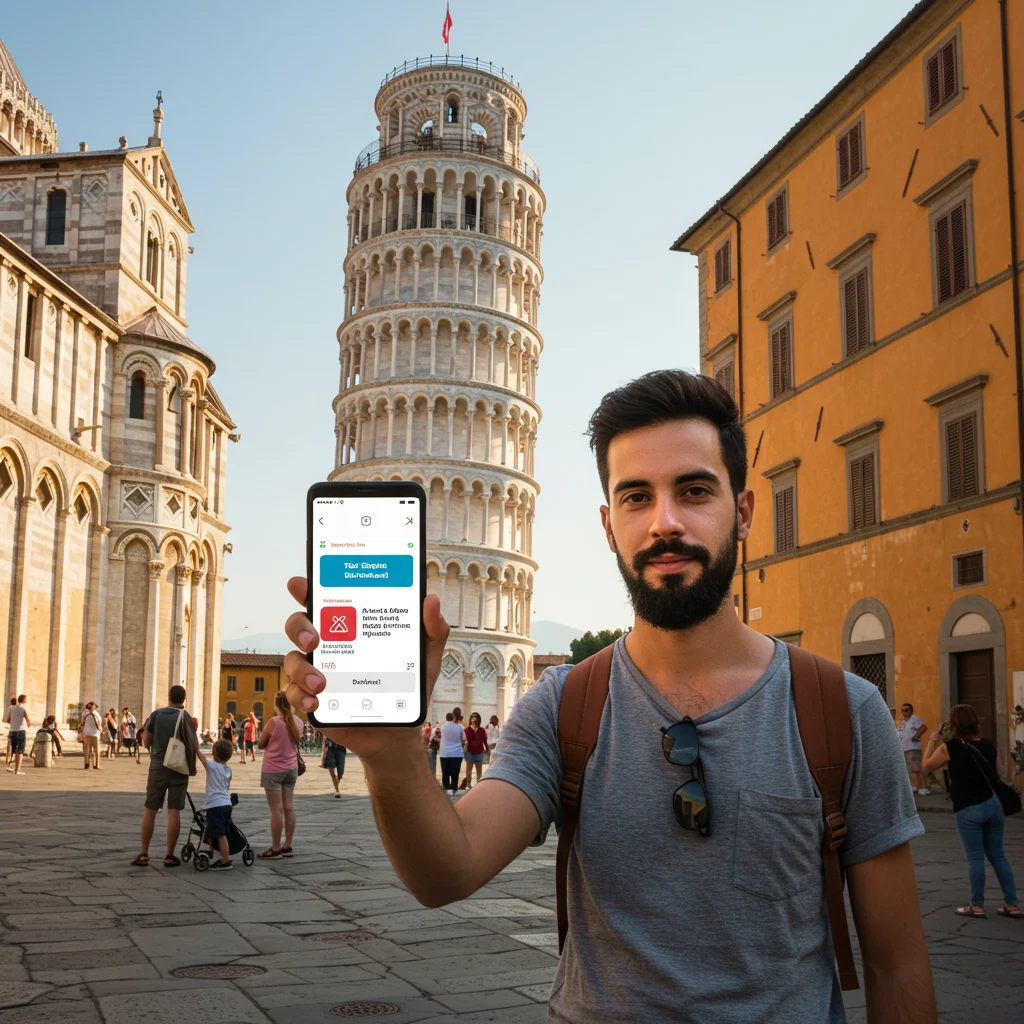
Where to Buy Tickets
You can purchase tickets:
- Online through official or third-party booking sites
- At the ticket office near the Piazza dei Miracoli
Online Booking vs. Onsite Purchase
Booking online guarantees your chosen time slot and helps you avoid lengthy queues. Onsite purchases are possible, but tickets often sell out during peak periods. For a hassle-free experience, we suggest securing your tickets in advance.
Ticket Prices and Types
Ticket prices vary depending on age, group size, and included attractions. Options range from basic tower entry to combined tickets that cover the cathedral, baptistery, and museums.
Are There Discounts or Free Entry?
Children under eight are not allowed to climb the tower, while discounts may apply for students, seniors, or EU citizens. At certain times of year, special promotions or free entry days may be offered.
Skip-the-Line Options
Skip-the-line tickets are available for those who prioritize time and convenience. These allow direct access, bypassing the regular queue—a great choice for visitors on tight schedules.
What to Expect on Your Pisa Tower Tour
A typical Pisa Tower tour combines awe-inspiring architecture, panoramic views, and fascinating history. Whether you join a group or explore at your own pace, the experience is both educational and memorable.
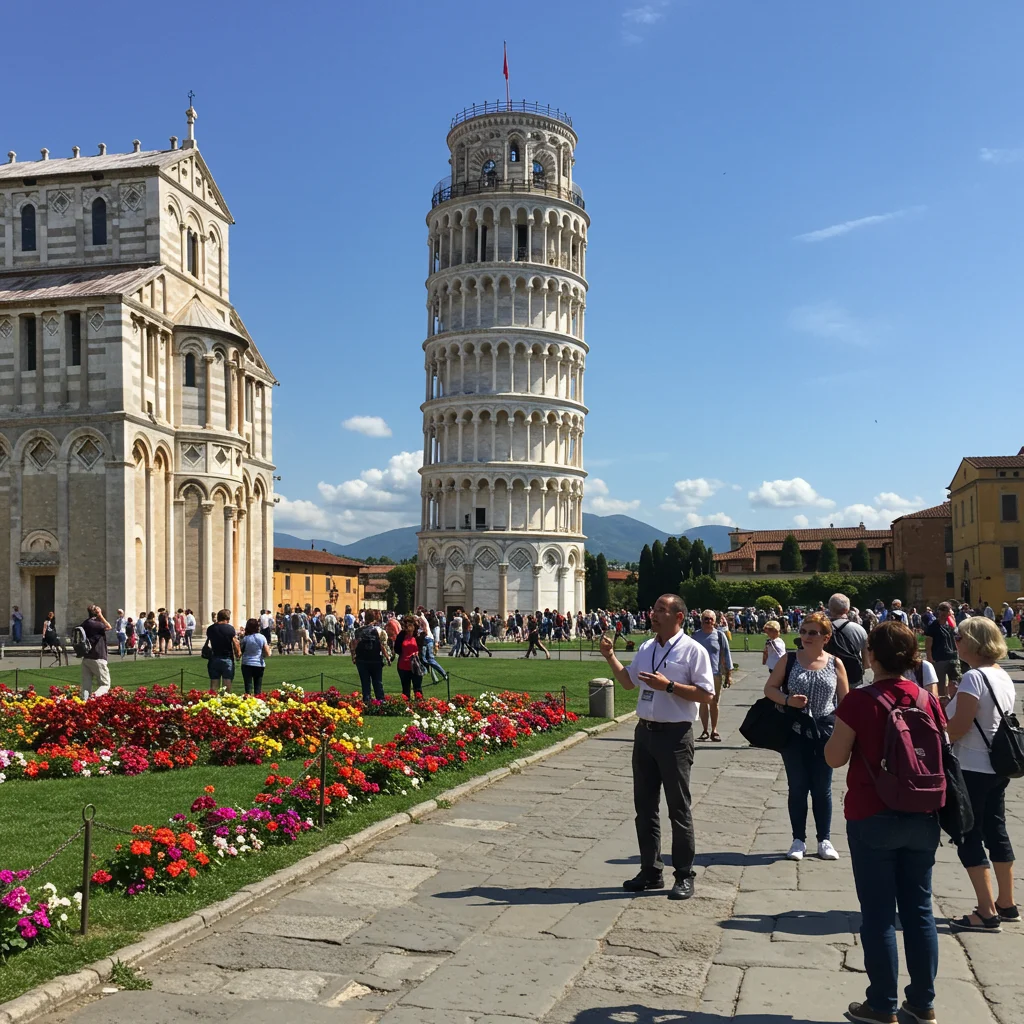
Guided Tours vs. Self-Guided Visits
Guided tours provide expert commentary and context, enriching your understanding of the site. Self-guided visits offer flexibility and the freedom to linger where you wish. Many travelers find value in combining both approaches, using audio guides or printed materials for additional insight.
If you’re considering other tower experiences in Europe, our guide to Sagrada Familia’s towers offers practical tips that may also apply here.
Tour Duration and Structure
Most visits last 30–45 minutes, allowing time to climb the tower and enjoy the views. Combined tickets with other monuments may require several hours.
What Will You See Inside the Tower?
Inside, you’ll ascend a narrow spiral staircase lined with worn marble steps. The climb is atmospheric—cool stone underfoot, filtered sunlight streaming through small windows, and the gentle echo of footsteps. At the top, the open-air platform rewards you with sweeping vistas of Pisa and the Tuscan countryside.
Climbing the Leaning Tower: What You Need to Know
Ascending the Leaning Tower is a unique experience, but it’s important to be prepared. The climb is manageable for most visitors but does present some challenges.

How Many Steps Are There?
There are 294 stone steps to the top. The staircase winds tightly, and the tilt becomes more pronounced as you ascend, offering a subtle but noticeable sensation of imbalance.
Is the Climb Difficult?
The climb is moderately strenuous, especially for those with mobility issues or a fear of heights. The steps are smooth and sometimes slippery, so sturdy footwear is recommended.
Health and Safety Considerations
People with heart conditions, vertigo, or respiratory issues should consult their doctor before attempting the climb. Children under eight are not permitted for safety reasons.
Is the Pisa Tower Wheelchair Accessible?
Unfortunately, the historic structure is not wheelchair accessible due to the narrow, spiral staircase. However, the surrounding square and other monuments are accessible to visitors with mobility needs.
Can Children Climb the Tower?
Children aged eight and above may climb the tower, but those under 18 must be accompanied by an adult. It’s a memorable adventure for older kids, but supervision and caution are essential.
Dress Code and What to Wear
There is no formal dress code for the Leaning Tower of Pisa; however, comfortable clothing and sturdy shoes are strongly advised. The marble steps can be slippery, and the temperature inside the tower may be cooler than outside, especially in spring and autumn.

If you plan to visit the adjacent cathedral, modest attire is recommended—shoulders and knees should be covered out of respect for religious customs.
What Should You Bring with You?
Packing light will make your visit more enjoyable. Only small bags are permitted inside the tower, and there are restrictions on certain items.

Are Bags and Cameras Allowed?
Large bags and backpacks are not allowed inside the tower. Free lockers are available for storage. Cameras and smartphones are permitted, so you can capture your experience, but tripods and drones are prohibited.
Security Checks and Restrictions
All visitors must pass through a security checkpoint before entering the tower. Be prepared for bag inspections and metal detectors. Prohibited items include sharp objects, umbrellas, and food or drinks.
What Else Can You See in Piazza dei Miracoli?
The Piazza dei Miracoli is a treasure trove of art and architecture. Plan extra time to appreciate its other remarkable monuments and museums.
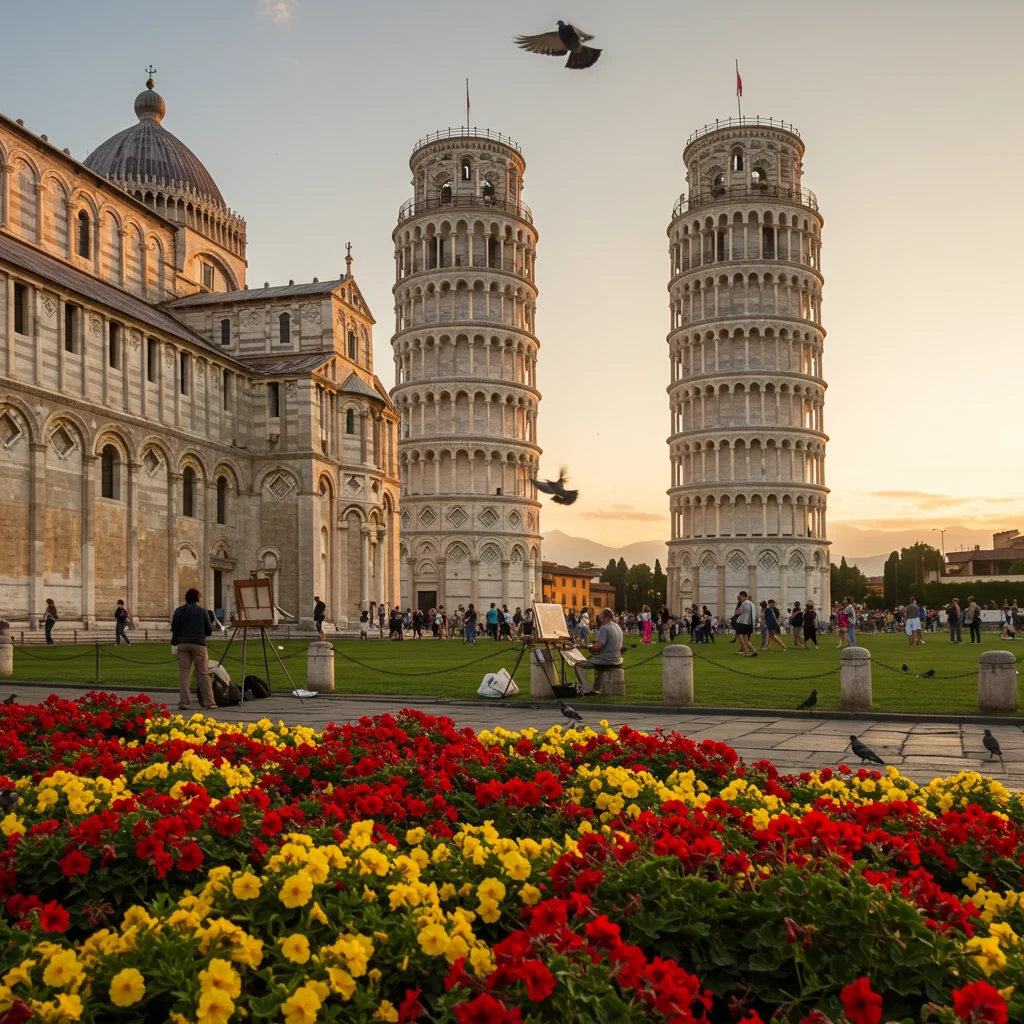
Cathedral of Santa Maria Assunta
This stunning cathedral is the centerpiece of the square, known for its ornate façade, gilded ceiling, and intricate mosaics. The atmosphere inside is serene, with sunlight filtering through stained glass and the scent of ancient stone.
Baptistery of St. John
The baptistery, with its distinctive dome and remarkable acoustics, is the largest of its kind in Italy. Visitors are often moved by the echoing chants performed by staff to demonstrate the building’s sound qualities.
Camposanto Monumentale
This monumental cemetery features Gothic arcades, frescoes, and ancient sarcophagi. It’s a peaceful place for reflection, steeped in centuries of history.
Museo dell’Opera del Duomo
The museum houses original sculptures, artwork, and religious relics from the cathedral complex. It offers a deeper understanding of the square’s artistic and spiritual significance.
How to Take the Perfect Pisa Tower Photo
Capturing your visit with a memorable photo is almost a rite of passage. The tower’s lean creates fun and creative opportunities for both classic and imaginative shots.

Best Photo Spots Around the Tower
The grassy lawns of the Piazza dei Miracoli provide excellent vantage points. The area near the baptistery offers an unobstructed view, while the path along the southern edge of the square is perfect for group photos.
Tips for Iconic ‘Holding Up the Tower’ Shots
To achieve the popular “holding up the tower” illusion:
- Stand several meters from the tower for perspective
- Have your photographer crouch or adjust their angle
- Use outstretched arms and playful poses
- Be patient—crowds often create a lively, humorous atmosphere
Photography Rules and Etiquette
Flash photography is permitted outside but discouraged inside the tower. Be respectful of other visitors, and avoid blocking walkways or climbing on barriers for the best shot.
As experts often say:
“The best travel photos capture not just the place, but the emotion you feel in the moment.”
Where to Eat Near the Pisa Tower
The area around the Piazza dei Miracoli offers a variety of dining options, from casual cafés to elegant trattorias. Enjoying a meal with a view of the tower adds a special touch to your visit.
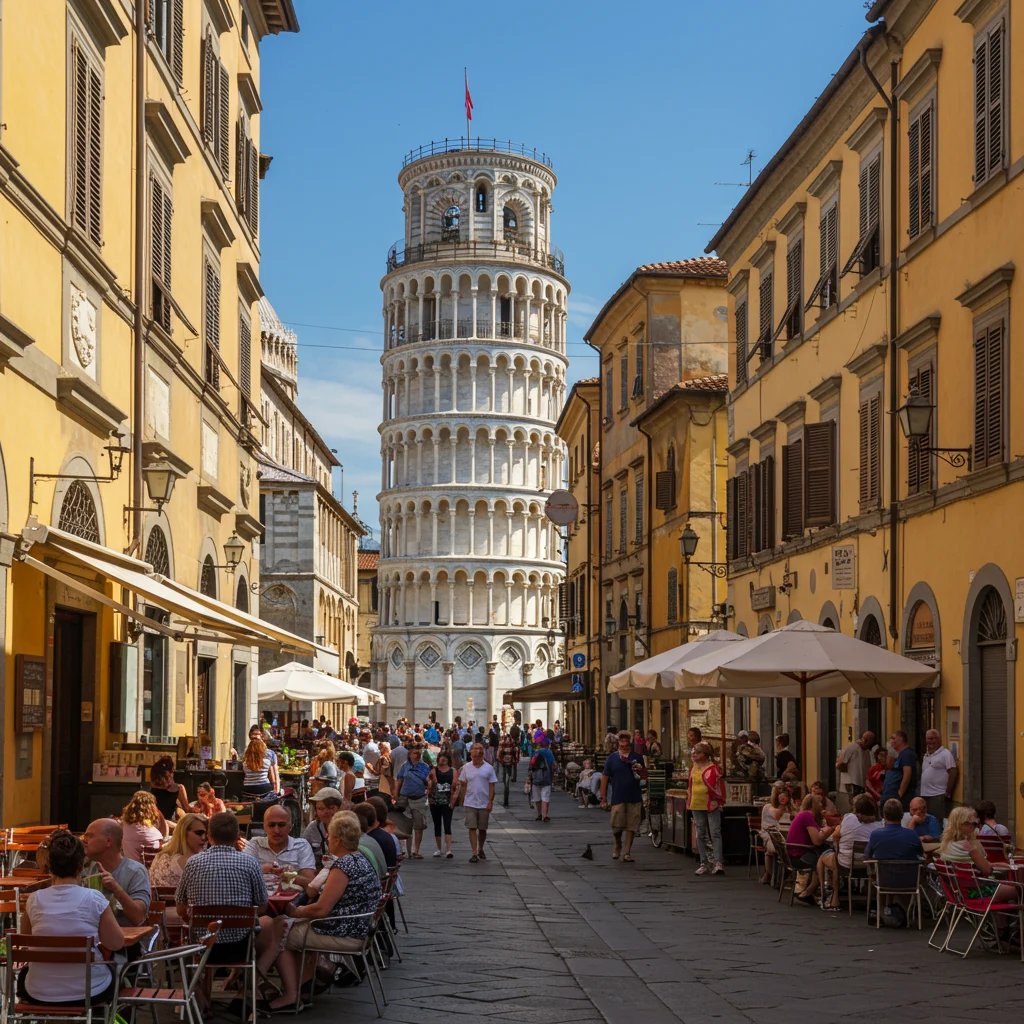
Top Restaurants and Cafés
Several local favorites serve traditional Tuscan cuisine. Look for restaurants with outdoor seating and menus featuring fresh, regional ingredients. Many establishments offer quick bites as well as leisurely multi-course meals.
Local Food Specialties to Try
Don’t miss the chance to sample:
- Cecina (chickpea flour flatbread)
- Pappardelle al cinghiale (wild boar pasta)
- Cantucci with Vin Santo (almond cookies with dessert wine)
Enjoying local specialties is one of the pleasures we highlight in our Pisa travel tips article for food-loving travelers.
Where to Stay in Pisa
Pisa offers a range of accommodation to suit every budget, from luxury hotels with tower views to affordable hostels and guesthouses.
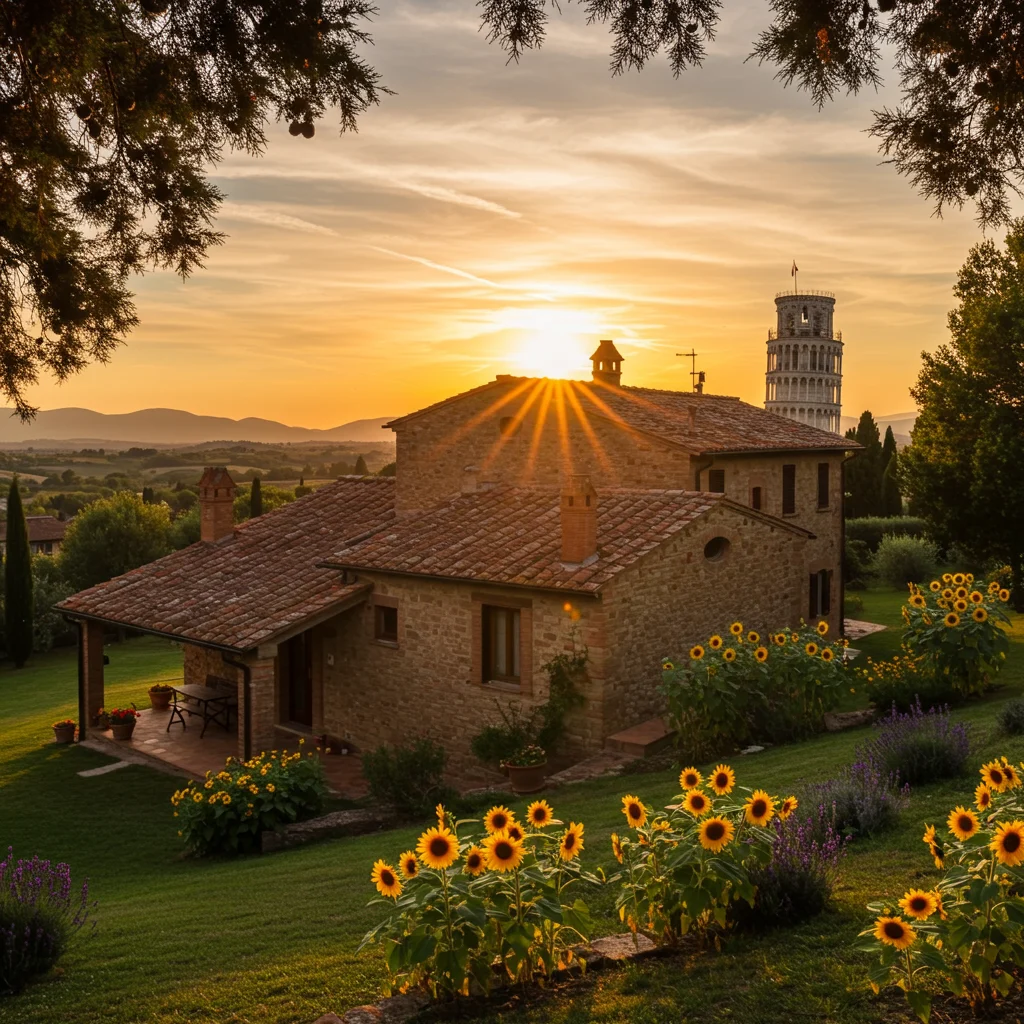
Best Hotels Near the Tower
Hotels close to the Piazza dei Miracoli provide easy access and stunning views. Many offer amenities such as breakfast, guided tours, or rooftop terraces for a memorable stay.
Budget Accommodation Options
For those traveling on a budget, consider local guesthouses, B&Bs, or hostels. These options deliver comfort and convenience without breaking the bank.
Souvenir Shopping Near the Pisa Tower
Souvenir stands and shops are plentiful near the tower, offering everything from miniature replicas to artisan crafts.
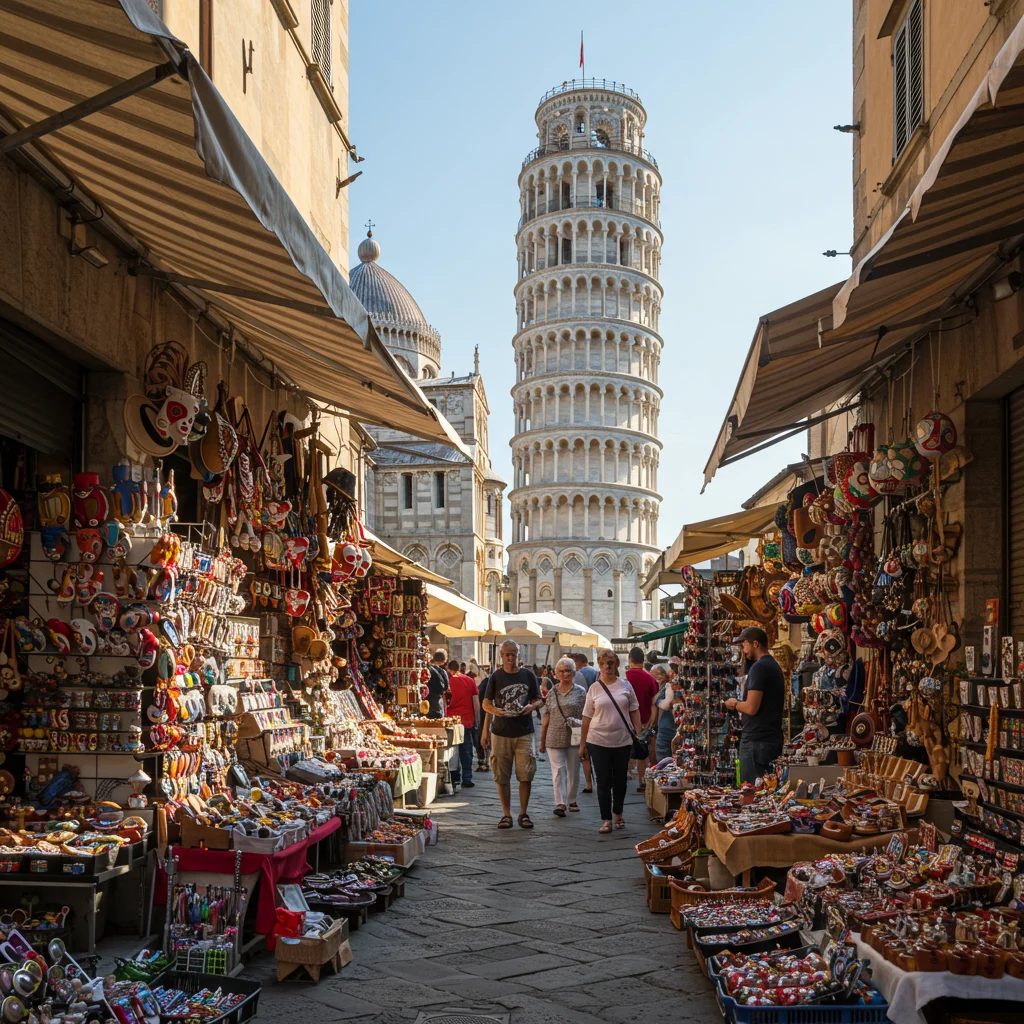
Popular Souvenirs to Buy
Top picks include:
- Miniature models of the Leaning Tower
- Postcards and prints
- Locally made ceramics and jewelry
- Tuscan food products such as olive oil and wine
Shopping Tips and Bargaining
Prices are often negotiable at outdoor stalls, especially if you’re purchasing multiple items. Compare quality and ask vendors about the origin of their goods for a more authentic memento.
Tips for a Smooth Pisa Tower Tour Experience
A little planning goes a long way in making your visit enjoyable and stress-free. Here are some practical pointers.

How to Avoid the Crowds
Arrive early in the morning or late in the afternoon. Weekdays and off-season months are generally quieter. Booking skip-the-line tickets can also help you bypass long waits.
Staying Safe During Your Visit
Keep personal belongings secure, especially in crowded areas. Pay attention to posted signs and follow staff instructions during your climb. Hydrate well, particularly on hot days.
Useful Italian Phrases for Tourists
Knowing a few key phrases can enhance your experience and help you connect with locals.

Essential Words and Phrases
- “Buongiorno” – Good morning
- “Per favore” – Please
- “Grazie” – Thank you
- “Dove si trova la Torre?” – Where is the tower?
- “Un biglietto, per favore” – One ticket, please
Emergency Contacts and Services
Safety is a top priority. Pisa is a welcoming city, but it’s wise to be prepared for the unexpected.

What to Do in Case of an Emergency
For emergencies, dial 112 for police, ambulance, or fire services. The tourist information office in the Piazza dei Miracoli can assist with lost items or urgent needs. Keep your passport and travel insurance details handy at all times.
Frequently Asked Questions About Pisa Tower Tours
Many travelers have similar questions about visiting the Leaning Tower of Pisa. Here are answers to some of the most common inquiries.

Is It Worth Visiting the Leaning Tower of Pisa?
Absolutely. The tower’s history, beauty, and atmosphere create a memorable experience for visitors of all ages. Even those who have seen photos are often surprised by the site’s true grandeur.
How Much Time Should You Spend at the Tower?
Plan for at least two hours to climb the tower, visit the cathedral, and take photos. If you wish to explore all the monuments and museums in the Piazza dei Miracoli, allow half a day.
Can You Visit the Tower at Night?
The tower is typically closed after sunset, though special evening openings may occur during certain events or holidays. Check official schedules before planning a nighttime visit.
Are Drones Allowed at the Pisa Tower?
Drones are strictly prohibited in the Piazza dei Miracoli for safety and privacy reasons. Respect local regulations and enjoy the views from ground level.
Nearby Attractions to Combine with Your Pisa Tower Tour
Pisa’s location makes it an ideal base for exploring Tuscany and beyond. Consider extending your itinerary to include nearby sights.
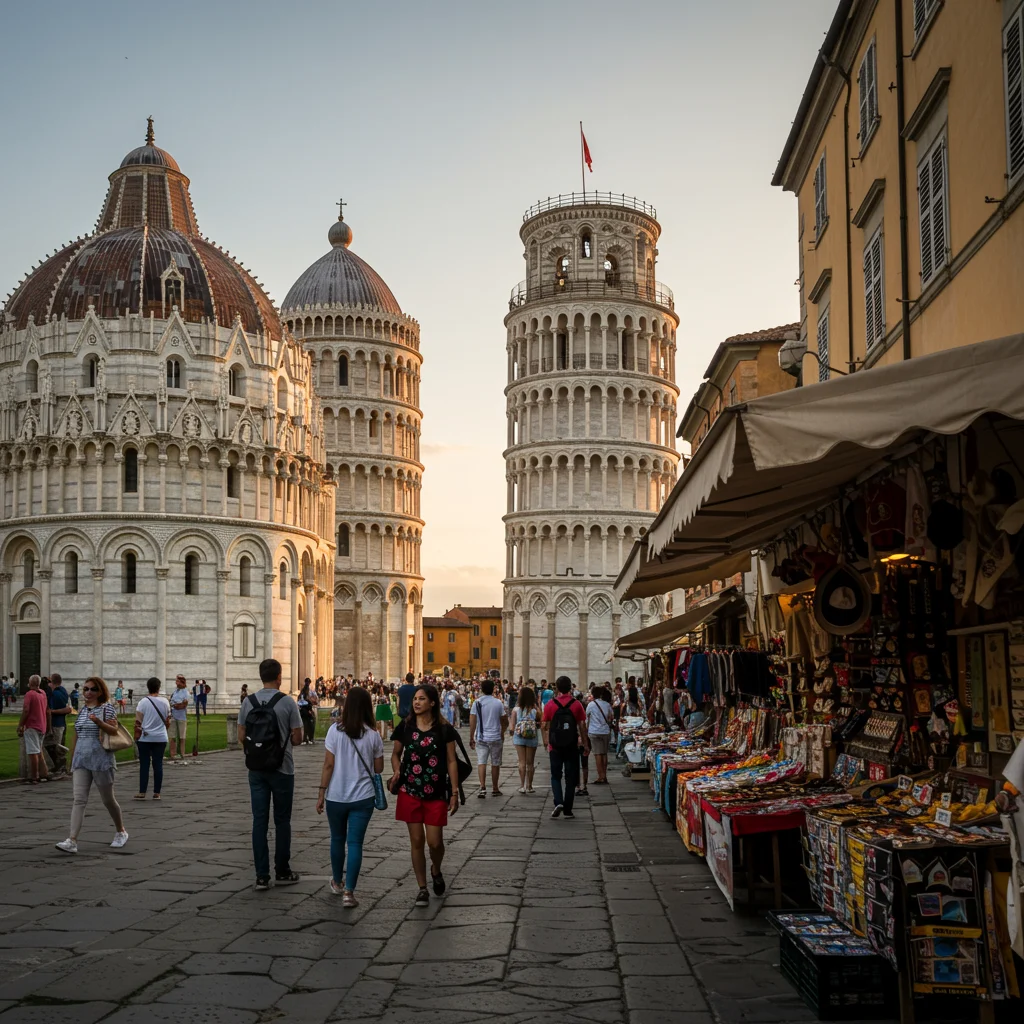
Day Trips from Pisa
Popular destinations include Florence, Lucca, and the Tuscan countryside. Each offers its own unique blend of art, history, and scenery. For those captivated by Italy’s ancient past, our guide to Rome’s Colosseum may inspire your next adventure.
Exploring Pisa Beyond the Tower
The city boasts charming streets, vibrant markets, and hidden gems. Stroll along the Arno River or visit the botanical gardens for a different perspective on Pisa’s beauty.
Sustainable Tourism Tips for Visiting Pisa
Responsible travel helps preserve Pisa’s heritage and environment for future generations. Small choices can make a significant difference.

How to Minimize Your Environmental Impact
- Use public transportation or walk whenever possible
- Respect posted signs and stay on designated paths
- Support local businesses and artisans
- Reduce plastic waste by carrying a reusable water bottle
We encourage mindful travel, as discussed in our tips for what to see and skip in Pisa.
How to Book on Viator
Booking your Pisa Tower tour is easy and secure with Viator, a trusted platform for travel experiences worldwide. Viator allows you to compare options, read verified reviews, and select the best time slot for your visit.

To plan your trip or find tours for the Leaning Tower and other attractions, visit Viator. Their user-friendly site makes it simple to book activities, secure skip-the-line tickets, and customize your itinerary.
With instant confirmation and flexible cancellation policies, Viator offers peace of mind so you can focus on enjoying your journey.
Conclusion: Planning Your Perfect Pisa Tower Tour
A journey to the Leaning Tower of Pisa is more than a photo opportunity—it’s an encounter with history, artistry, and the spirit of Tuscany. By preparing in advance, choosing the right time, and embracing the city’s rich offerings, you’ll create lasting memories that go far beyond the iconic tilt.

For more inspiration and practical advice, explore the resources and recommendations from Izase at https://izase.com. We wish you a safe, enriching, and unforgettable Pisa Tower tour.
Disclaimer: This information is accurate to the best of our knowledge; however, there may be changes or mistakes. Please verify exact details on the Viator booking page.

